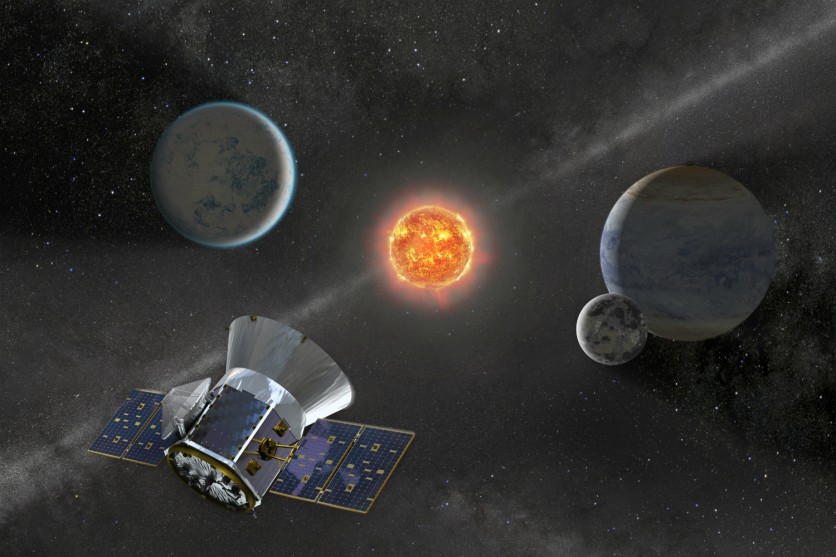After suffering a computer glitch on Monday, Oct. 10, NASA's planet-hunting mission is currently in safe mode, as reported first by Space.com.
The NASA Transiting Exoplanet Survey Satellite (TESS) mission was launched in 2018 to look for exoplanets. TESS was originally supposed to be operational for two years, but it has now discovered thousands of candidate worlds and more than 250 confirmed exoplanets.

Safe Mode
However, the spacecraft abruptly entered safe mode on Monday, Oct. 10, stopping observations, according to a NASA statement. TESS staff has discovered that the spacecraft's flight computer was reset, which is why it had to enter safe mode.
According to NASA, the spacecraft is stable, and the science observations yet to be transmitted to Earth appear to be secure as well.
While the team is striving to get TESS back to regular operation, NASA officials wrote that the procedure could take several days.
TESS examines a different area of the sky each month, counting and measuring the brightness of a wide variety of stars. Tiny periodic dimming may indicate that a planet is passing TESS' field of vision as it orbits the star.
Astronomers have utilized TESS data to investigate comets, binary stars, supernovas, and other cosmic objects in addition to finding exoplanets, which is the mission's primary objective.
Read also : NASA Hubble, TESS Discover Water Vapor on 'Super Neptune,' an Exoplanet 150 Light Years Away
Recent Discovery: Ocean Planet
Researchers from the University of Montreal and the Institute for Research on Exoplanets (IREx) recently discovered a new exoplanet with the ocean on its surface.
NASA's TESS spearheaded the discovery and said that the ocean planet is about 100 light years away from Earth and is about 70% larger than our planet.
The ocean planet identified by IREx and the University of Montreal has paved the way for opportunities to understand better the environment surrounding TOI-1452 b.
Water, a necessary component for life, is present on this planet, which is located in the Draco constellation and has oceans covering the majority of its surface.
The new planet was found with the aid of NASA's TESS, and the researchers described the ocean world in a study they published in the Astronomical Journal.
The water on the exoplanet, which is 100 light years away and 70% larger than Earth, is much heavier than the water found on our planet.
The radius and mass of the planet are far less dense than one might anticipate for a globe with an architecture similar to Earth, according to the researchers.
Related Article : NASA's TESS Mission Finds 'Super-Earth,' 50% Larger and 3X Heavier than Earth, as One of the Oldest Stars
This article is owned by Tech Times
Written by Joaquin Victor Tacla
ⓒ 2026 TECHTIMES.com All rights reserved. Do not reproduce without permission.




